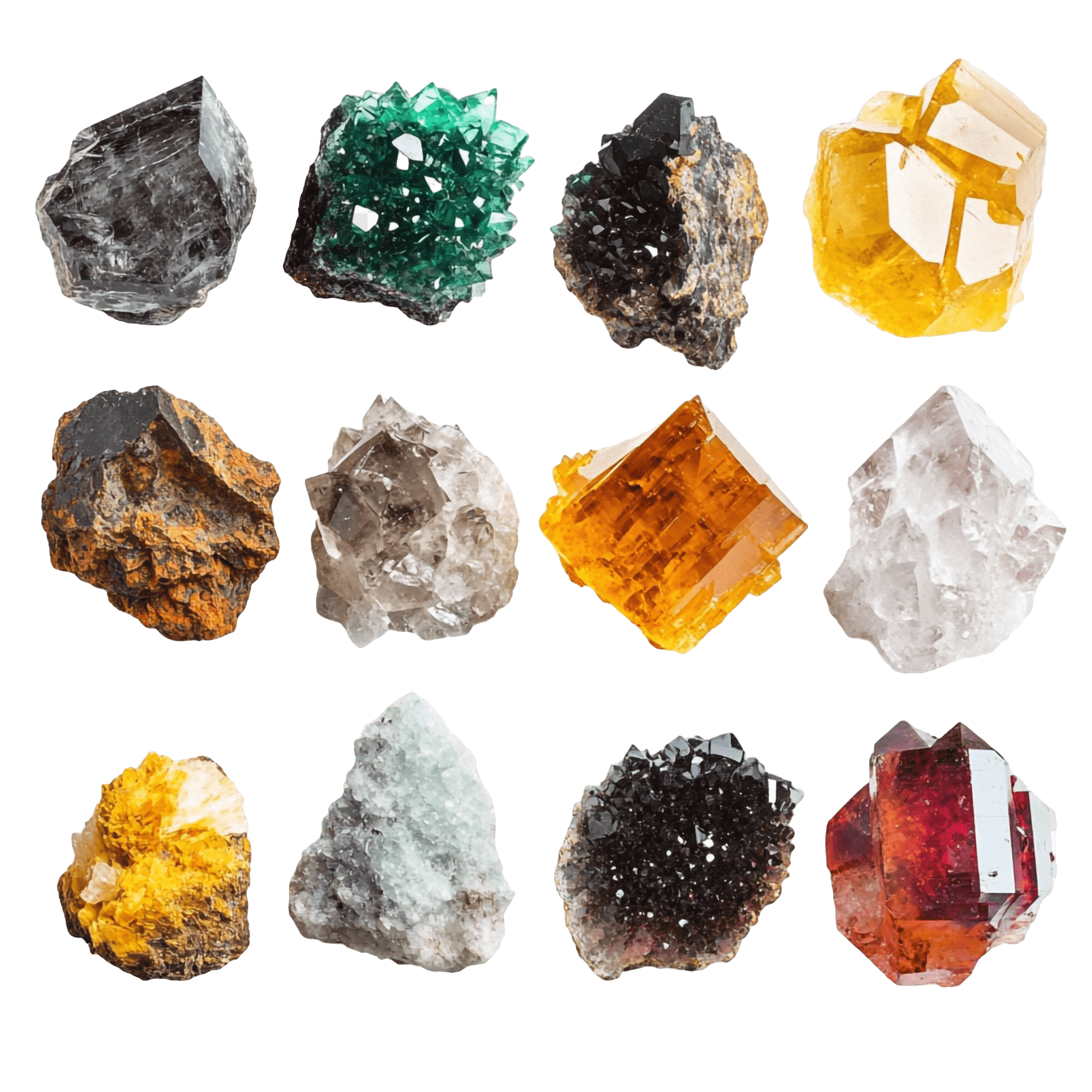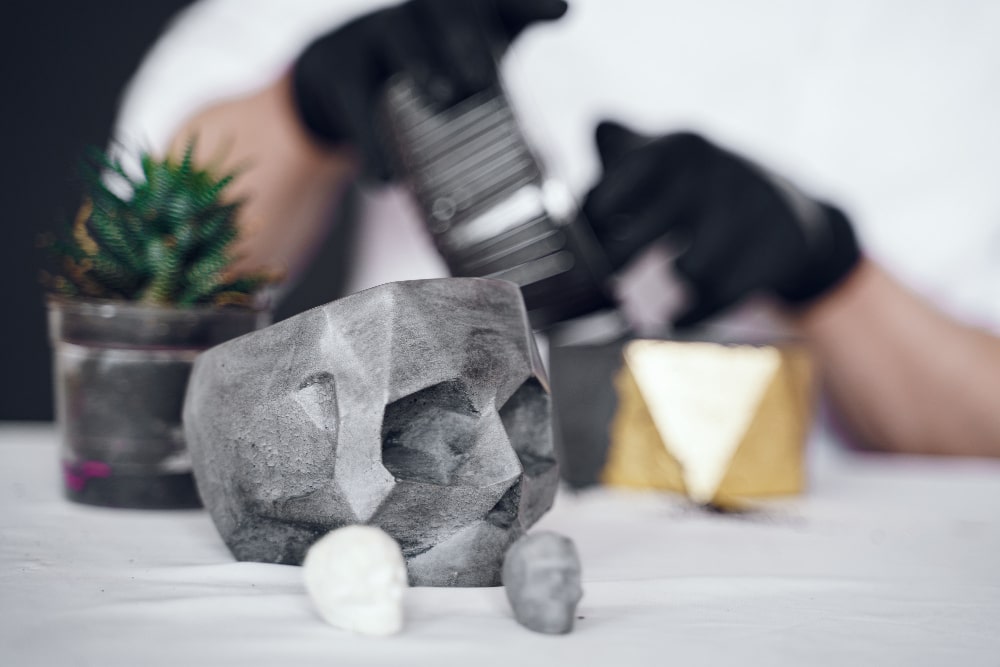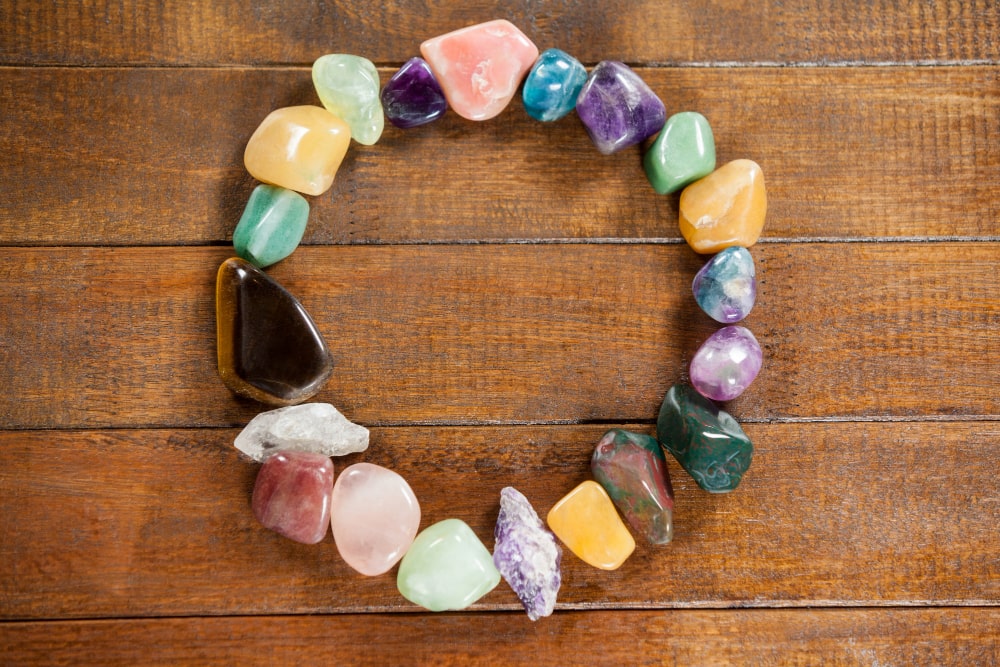Have you just started your crystal journey and are unsure if the crystals you have are real or fake? Or are you a crystal enthusiast looking to expand your knowledge of identifying genuine crystals? Whatever the reason may be, correct identification of crystals is essential for their proper use and benefits.
With the increasing popularity of crystals, there has been a rise in the market of fake or synthetic crystals. This makes it necessary for you to know how to spot the difference between real and fake crystals. Today, I will guide you through the process of identifying real crystals, so you can confidently add them to your collection.
I experienced the same confusion when I began my crystal journey and learned through trial and error. But, with this guide, you can save yourself time and money by avoiding purchasing fake crystals.
May Need: 5 Crystals for Stress Relief: A Natural and Effective Solution
How to Identify Real Crystals
Know Your Source
The most important step in identifying real crystals is to know your source. Authentic crystal dealers and shops will often have a reputation for selling genuine and high-quality crystals. Do some research before purchasing from a particular seller and read reviews from previous buyers.
If possible, ask for certifications or lab reports that prove the authenticity of the crystals. Buying directly from a mine or reputable source is also a great way to ensure the legitimacy of your crystals.
Look for Natural Flaws

One of the major differences between real and fake crystals is their natural flaws. Yes, genuine crystals can have imperfections, such as small cracks, chips, or inclusions. These are a sign that the crystal is natural and not man-made.
Fake crystals will often appear to be perfect without any blemishes or flaws. They may also have a uniform color and shape, which is not commonly found in natural crystals. So if you come across a crystal that looks too perfect, it’s most likely not real.
Check the Weight and Temperature
Real crystals are made of natural minerals and will have a certain weight and temperature to them. They may feel heavy for their size, and if you hold them in your hand, they will warm up to your body temperature.
On the other hand, fake crystals are often made from glass or resin and will feel lighter and cooler to the touch. This is a quick and easy way to differentiate between real and fake crystals. You can also use a kitchen scale to check the weight if you are unsure.
Observe the Color
The color of a crystal can also give you clues about its authenticity. Natural crystals may have variations in color or slight color zoning, meaning different shades within the same crystal. Fake crystals may have a uniform color throughout, which is not commonly found in natural crystals.
Also, certain crystals may have a natural color change when exposed to sunlight or other sources of light. This is a good sign that the crystal is genuine and has not been artificially dyed.
Perform a Scratch Test

If you’re still feeling unsure about whether a crystal is authentic, you can try doing a scratch test. Take an inconspicuous part of the crystal and gently scratch it with a knife or another crystal. If the crystal is natural, it will not be easily scratched and may even leave a mark on the other object.
Fake crystals are often made from softer materials and can be easily scratched. However, use this test as a last resort as it may cause damage to your crystals if done incorrectly. I saw many people use scratch tests to identify crystals but I don’t recommend it.
You may need: How to Meditate with Crystals for Beginners
Seek Professional Help
If you’re still unsure about the authenticity of a crystal, it’s always best to seek professional help. You can take your crystal to a reputable crystal shop or a gemologist who will be able to examine it and confirm its authenticity.
They may also be able to provide you with information on the type of crystal and its properties. This can be especially helpful if you’re new to the world of crystals and are not familiar with different types and their characteristics.
Trust Your Intuition
Trust your intuition when it comes to identifying real crystals. Your intuition is like your inner voice, helping to point you in the right direction. If you feel a strong connection or energy with a crystal, chances are it’s real.
On the other hand, if you feel something is off or your gut is telling you the crystal is not genuine, it’s best to trust your instincts and avoid purchasing it.
Helpful Tips for Identifying Real Crystals
- Educate yourself on different types of crystals and their characteristics. This will help you quickly identify fake crystals.
- Beware of excessively cheap crystals as they are most likely not real.
- Take your time when examining a crystal and don’t rush into purchasing it without being sure of its authenticity.
- Remember that natural flaws in crystals are normal and actually a sign of their authenticity.
- Don’t be afraid to ask questions and seek guidance from experienced crystal collectors or sellers.
- Use reputable online sources or books to further your knowledge of crystals and their identification.
- Always buy from trustworthy sources and beware of online sellers with no reviews or credibility.
5 Essential Crystal Buying Tips For Beginners
My Experience with Identifying Real Crystals
As mentioned earlier, I have personally experienced the confusion and frustration of identifying real crystals. But, with time and knowledge, I have become more confident in my ability to spot the difference between real and fake crystals.
I always follow the tips mentioned above and also trust my intuition when it comes to purchasing crystals. If something feels off or too good to be true, it’s best to avoid it.
My crystal collection is now filled with genuine crystals that bring me joy and have helped me on my spiritual journey. Knowing how to identify real crystals has not only saved me from spending money on fake ones but has also given me a deeper appreciation for these beautiful gifts from nature.
Conclusion
Identifying real crystals may seem daunting at first, but with some knowledge and practice, it can become second nature. Trust your intuition and always do your research before purchasing crystals from a specific source. With these tips, you can confidently add genuine crystals to your collection and continue on your crystal journey with authenticity.
Most Asked FAQs
How can I determine if a crystal is genuine or counterfeit?
Look for natural flaws, check the weight and temperature, and observe the color for variations. Authentic crystals often have imperfections and feel heavier and warmer than fake ones.
Do all real crystals have imperfections?
Most real crystals have small cracks, inclusions, or chips since they are naturally formed. However, some crystals may appear pristine yet still be genuine, depending on their type.
Can I rely on the price to determine a crystal’s authenticity?
While excessively cheap crystals are often fake, a high price does not always guarantee authenticity. Research the seller and the typical value of the specific crystal.
Is it safe to buy crystals online?
It can be safe if you purchase from reputable and well-reviewed sellers. Ensure the seller’s credibility and review customer feedback thoroughly before completing your purchase.
What is the best method to test if a crystal is real?
Using weight, temperature, and visual imperfections is often non-invasive and effective. The scratch test can confirm authenticity but should only be used as a last resort to avoid potential damage.
Can dyed crystals be considered real?
Some crystals are dyed to enhance their natural colors. While they are still real crystals, the dyeing process is artificial, so they are not in their pure natural state.
Are lab-created crystals considered fake?
Lab-created crystals are genuine in terms of their chemical composition but are not naturally formed. They differ from fake crystals made from glass or resin.
Why does my intuition matter in identifying crystals?
Your intuition helps you connect to a crystal’s energy. If something feels off or the energy seems absent, the crystal might not be authentic or aligned with you.
Read More:
How to Choose the Right Crystal for You in (2025)
Enhance Your Daily Routine: Uses of Crystals in Everyday Life



